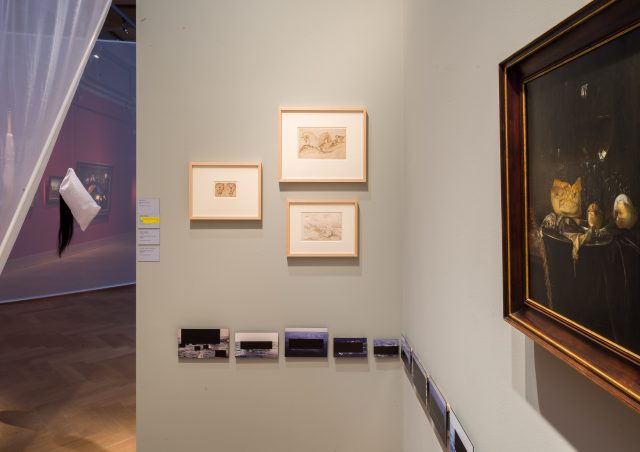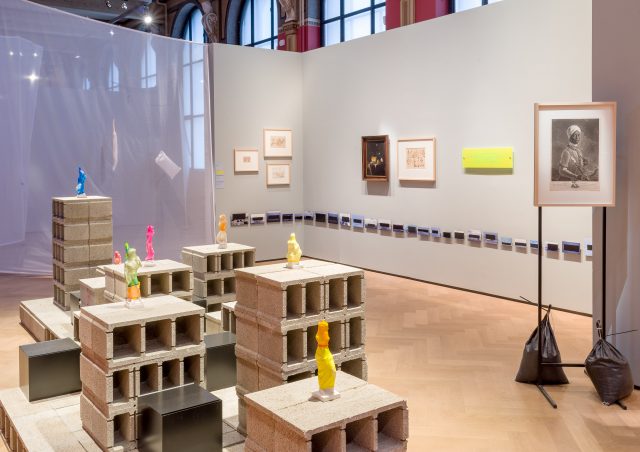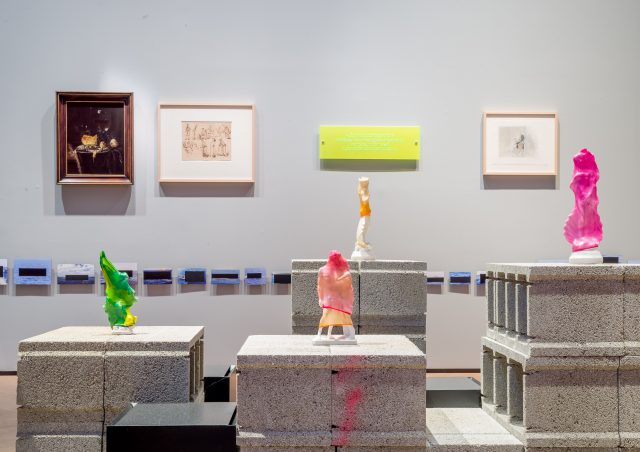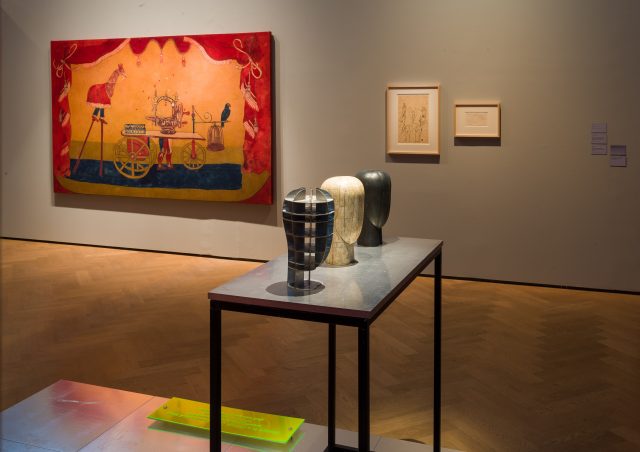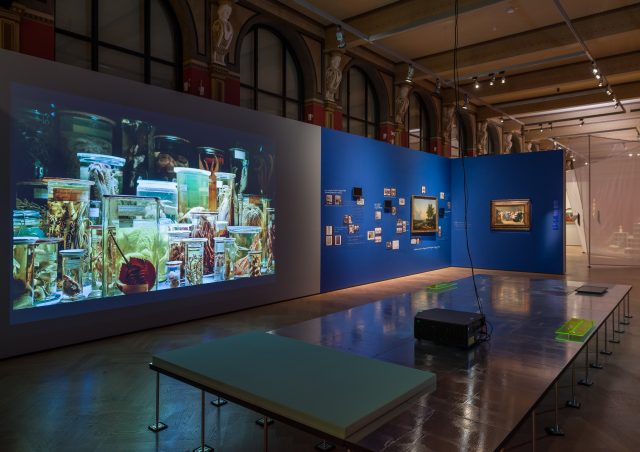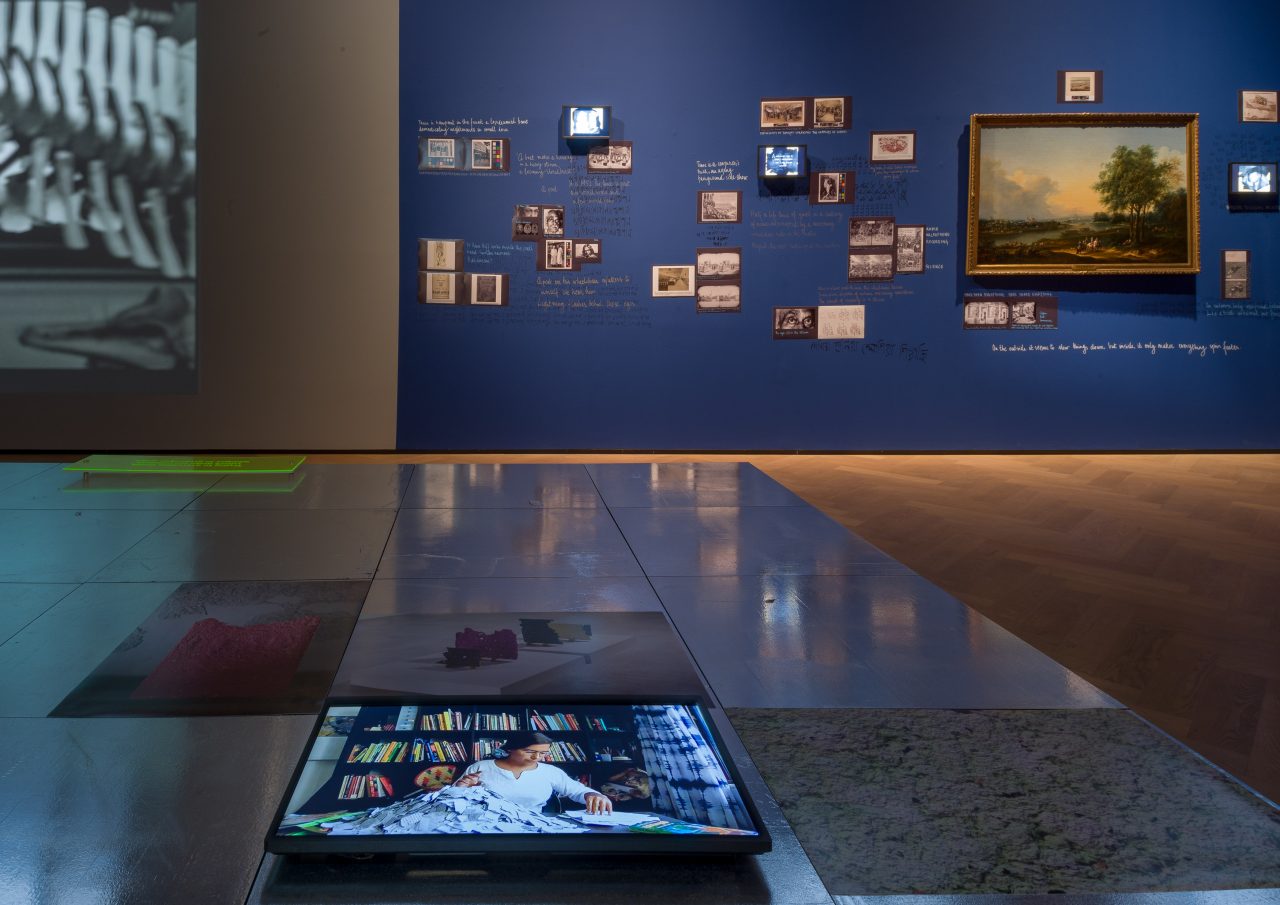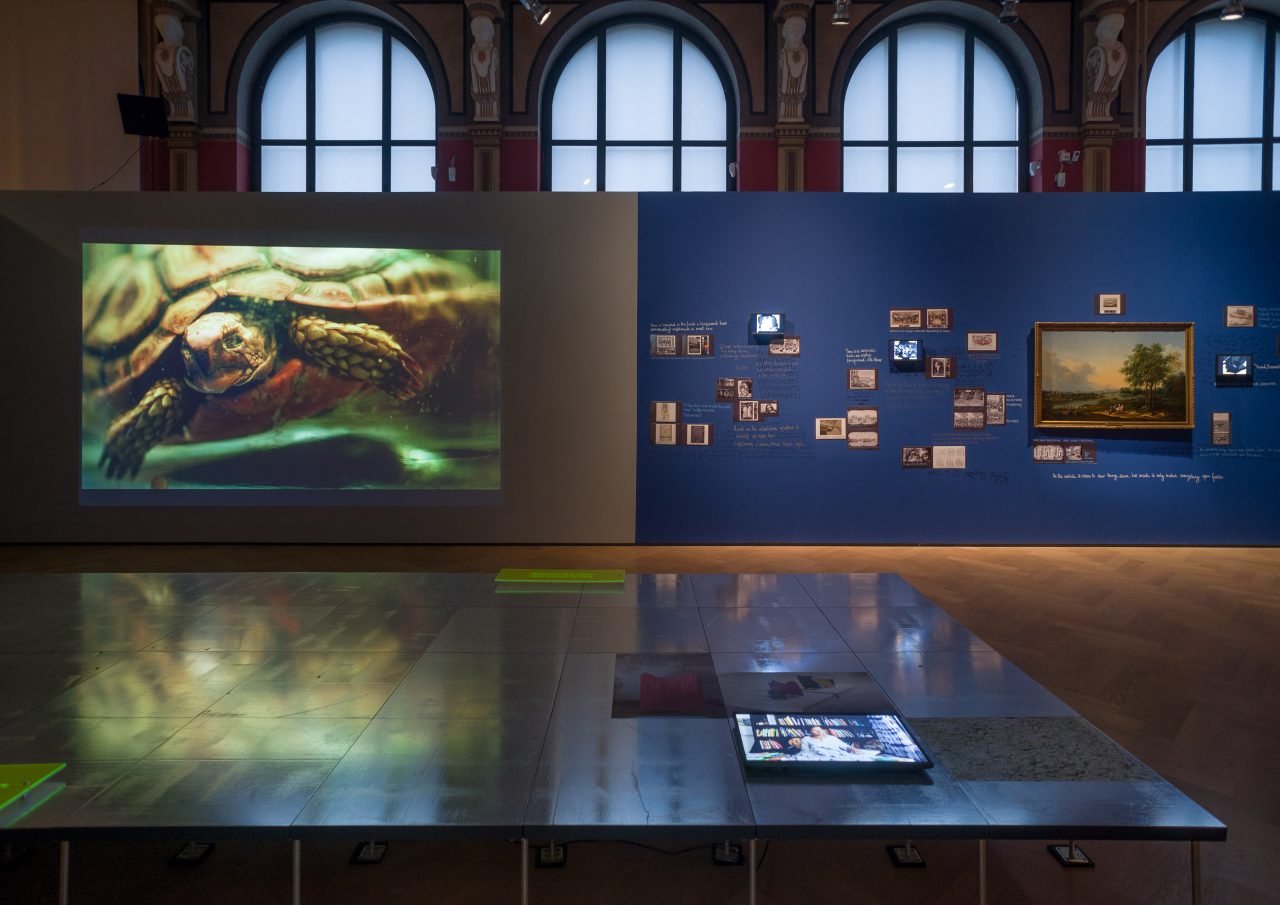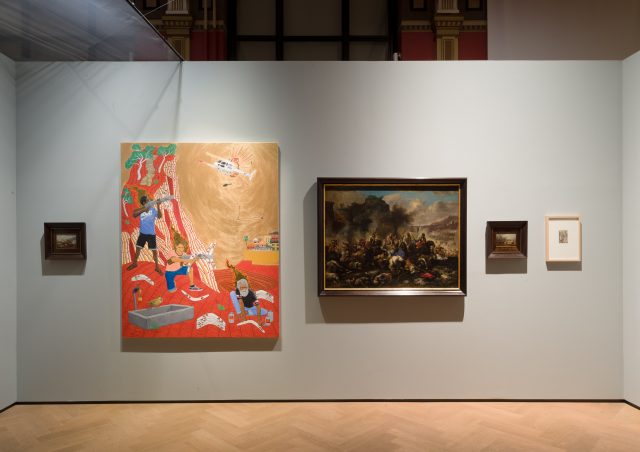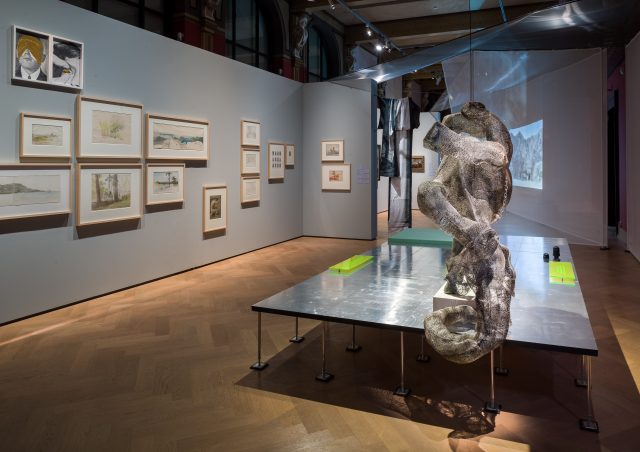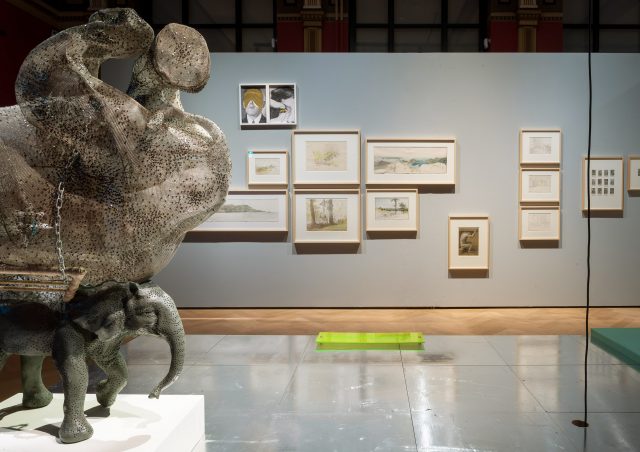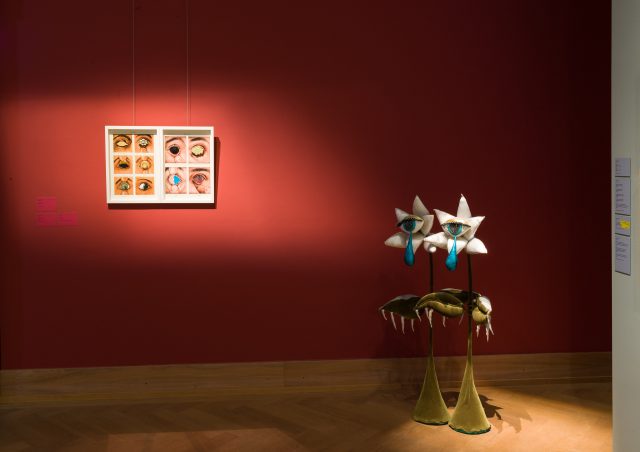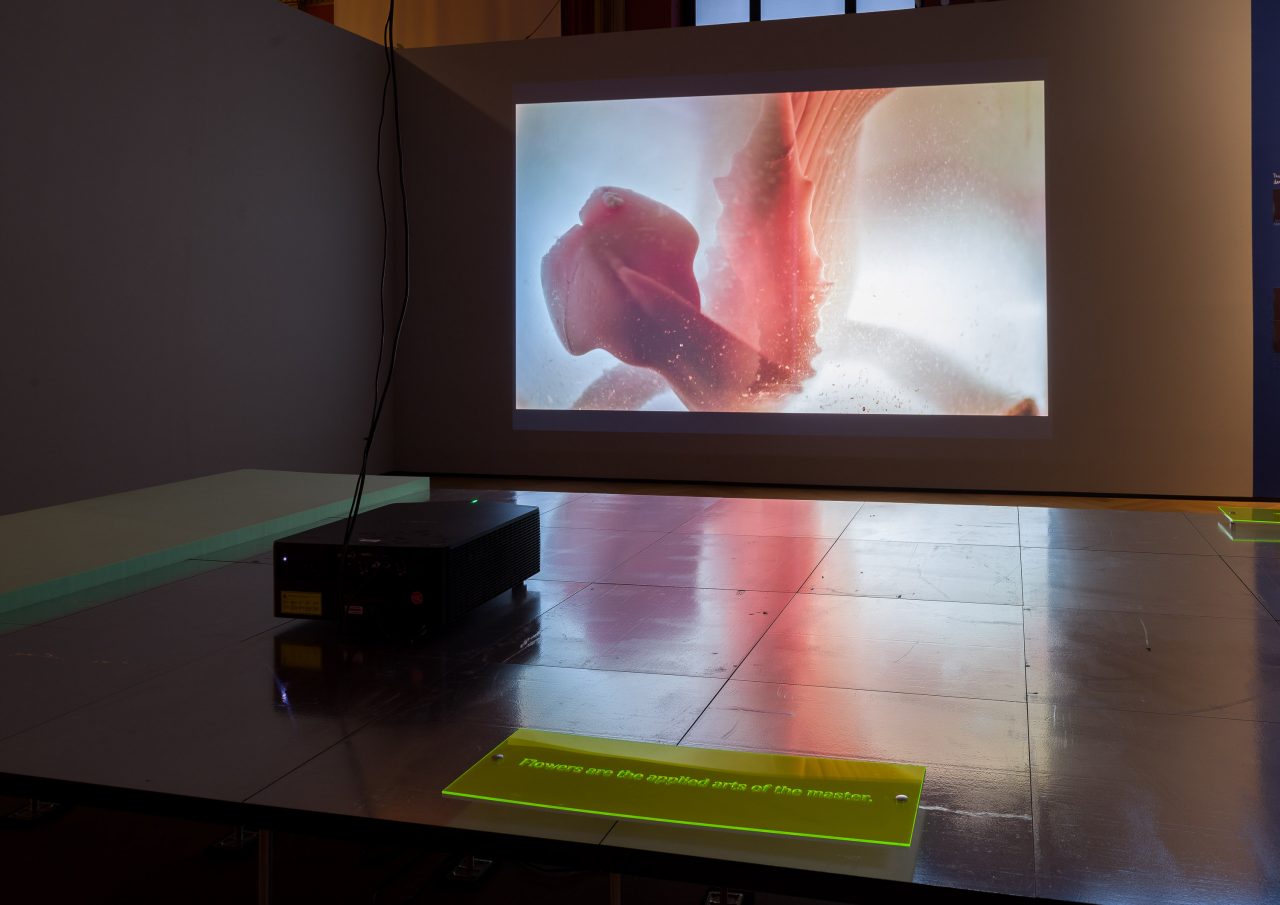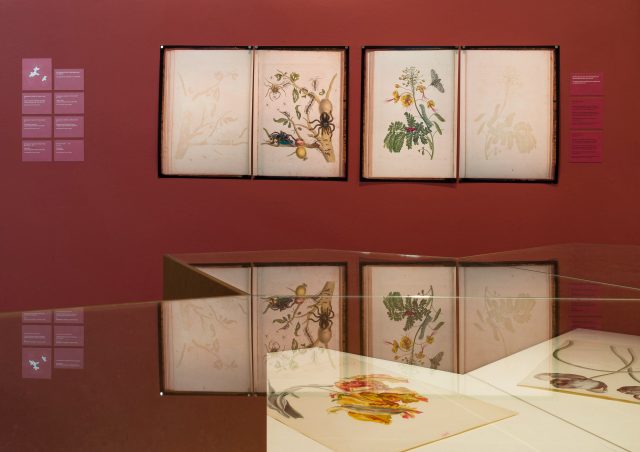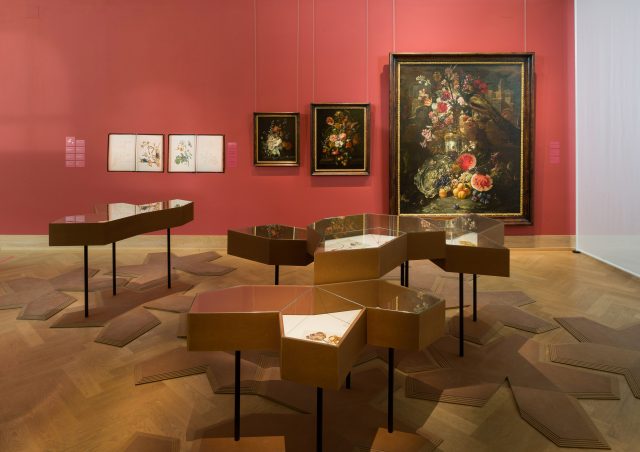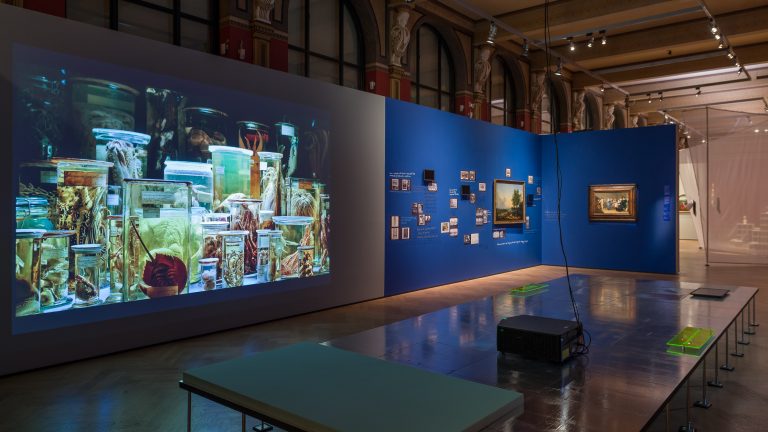Hungry for Time
An invitation to epistemic disobedience with Raqs Media Collective
Art Collections of the Academy of Fine Arts Vienna (2021-2022)
The Academy of Fine Arts Vienna has undergone a fundamental renovation and modernization and returned this summer to its historical building on Schillerplatz. For the reopening, the large exhibition Hungry for Time is being presented. The rectorate has invited the internationally active artist and curator trio from New Delhi, Raqs Media Collective (Jeebesh Bagchi, Monica Narula, Shuddhabrata Sengupta), to survey the historical art collections from an external perspective. The curators were asked to mediate the thematic reorientation of the Paintings Gallery, the Graphic Collection and the Plaster Cast Collection in dialogue with contemporary art. Based on the expertise of the house, the exhibition opens up the possibility of reconsidering the art collections by incorporating the current discourse in decolonialism in art and cultural studies.
Raqs Media Collective sees an upheaval of the ways in which the world has made sense and cohered itself over the last few centuries. Art and artists now have the chance to show new ways in which the world can be perceived by many different kinds of protagonists. According to the curators, the art collections of the Academy are an intensive site where the sediments of history, and the stubborn narratives that accompany them, congeal. The task of prising them open to critical re-apprehension is both urgent and possible.
In the historical ambience of the Aula and the Paintings Gallery, Raqs Media Collective presents a show that apprehends the issue of time from the perspective of hunger and desire. The scenes assemble historical artworks from all three of the historical collections, contemporary art, works commissioned especially for the exhibition, a newly configured cartography of the Viennese Prater, and poetical-commentary texts by the curators. Each scene is designed as an event, as an invitation, as a pathway. The kernel of each scene are artworks from the historical collections, for example, the Last Judgement Triptych by Hieronymus Bosch or graphic art by Thomas Ender.
For some of the scenes, Raqs Media Collective has invited interlocutors like the Discursive Justice Ensemble (Kabelo Malatsie, Michelle Wong, Lantian Xie) or the artist duo SPLICE (Rohini Devasher and Pallavi Paul). The scenes tell stories – about broken limbs and deformed justice, about efflorescent designs on space and time, about the hubris of trying to evade mortality – and lend perspectives on how faces, landscapes, and gazes can haunt a collection. Instead of following a chronology of epochs, styles and master-pieces, or a conventional hierarchy of original and copy, image and text, representation and explanation, the scenic configurations destabilize the seemingly internal logic of the collections. The staged works enter into dialogue as stories and geographies to inspire disobedience, to use the eponymous hunger for time as a means for gaining insight, and to open up multitudes of new perceptions.
HUNGRY FOR TIME
One of the conceits of empire has been a division of space on the basis of time. This assumption has it that those located in ex/post-imperial centres such as Vienna have a head-first advantage, as well as a finger on the trigger of the starter gun, in time’s marathon run.
The world, however, has never been entirely attentive to this narrative of the starter gun. Generations may have worked to move into the story, but they have equally struggled to abort or pause the race, or to take this story apart.
Hungry for Time works with images and objects in the historical art collections of the Academy of Fine Arts Vienna, interpolating responses to them, as an opportunity to call in and praise acts of epistemic disobedience by which many protagonists of the world dis-order and dis-assemble ways of seeing and acting.
This is a process of derangement, an imagining of new configurations of interruptions, annotations, superimpositions, aberrant stances and moves, and shifts of scale. Through a cascade of scenes of recombinant energies that convene and dishevel the collection’s inner hierarchies – the master and the copy, the eternal and the discardable, the processual and the absolute with contemporary works, and with a reading of documents in the latent archives, a new milieu is anticipated: for thinking, for feeling, for orienting bodies to worlds, and to time.
Visitors are invited to this discontinuous, temporal relay of breaks and detours in the Academy’s art collections. Welcome, then, to a procedure for time, and to the sensation of what it means to be to be hungry for time, differently.
